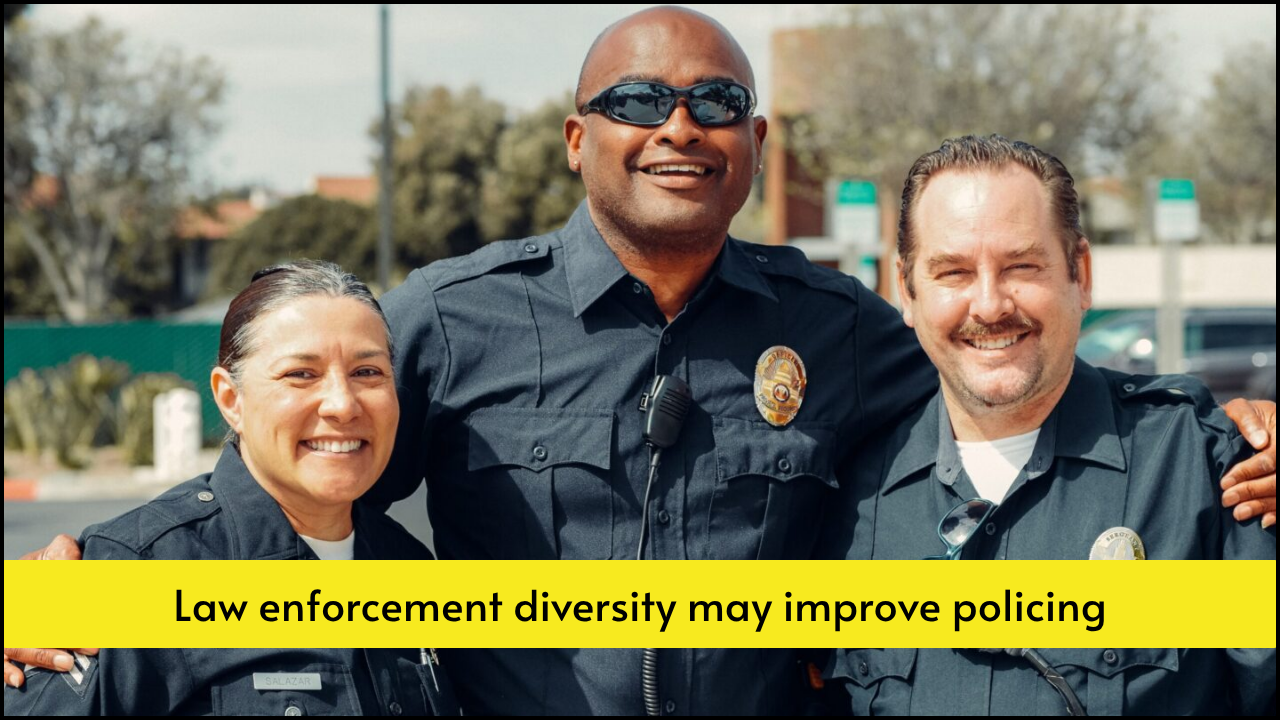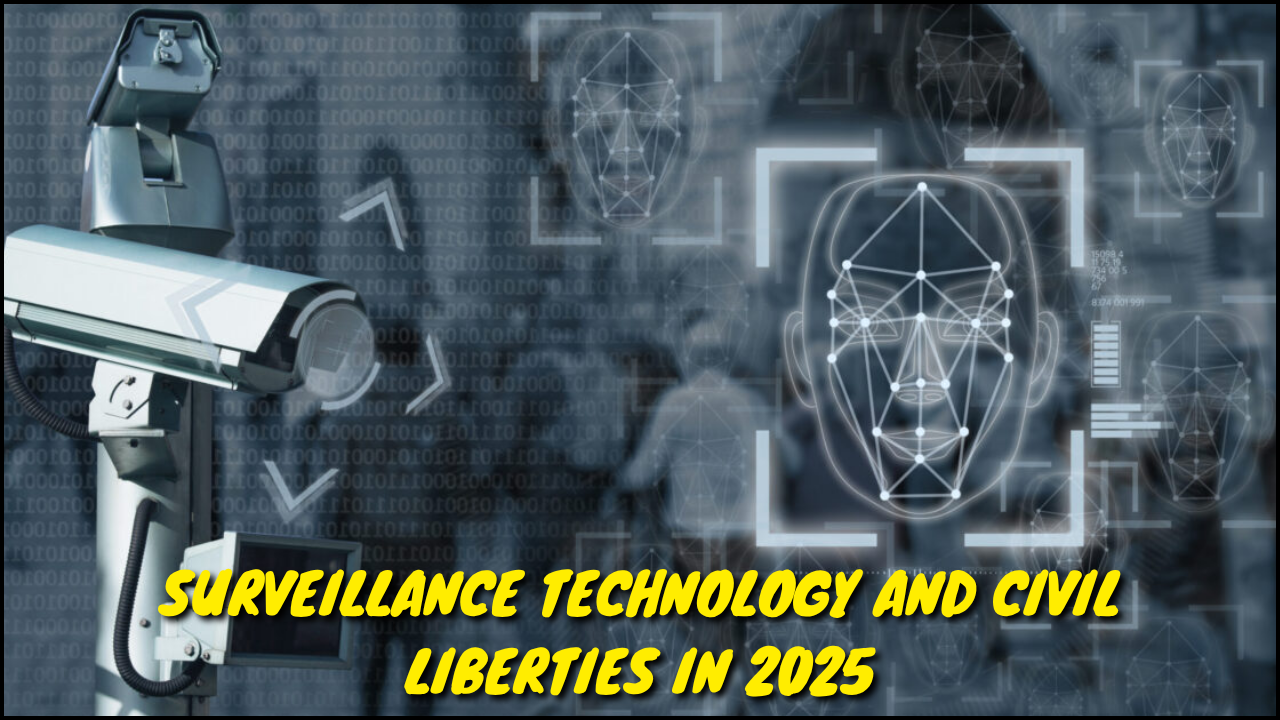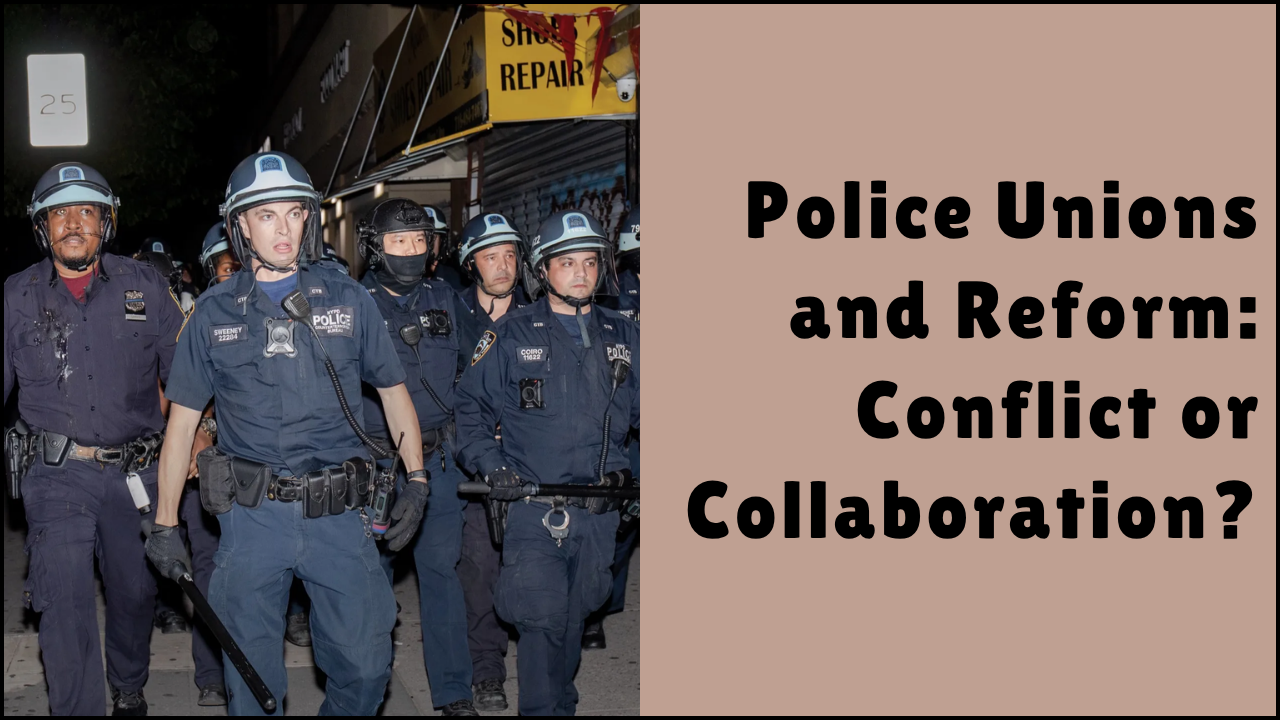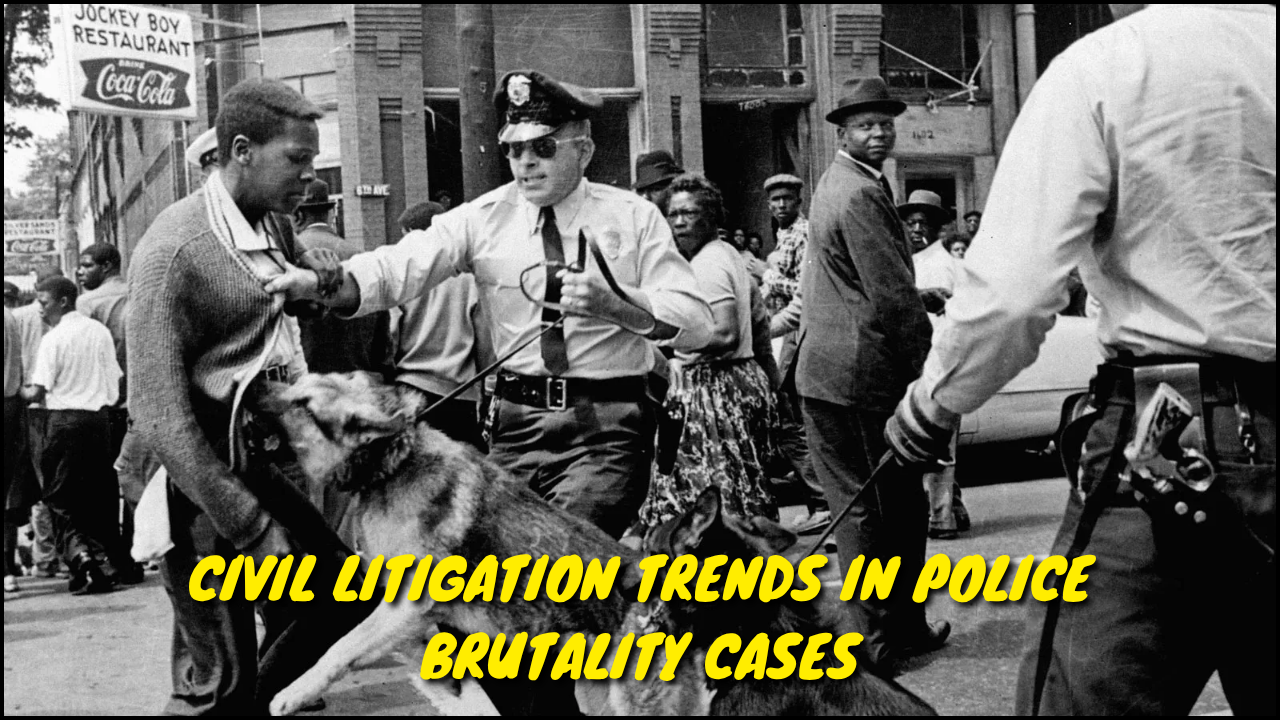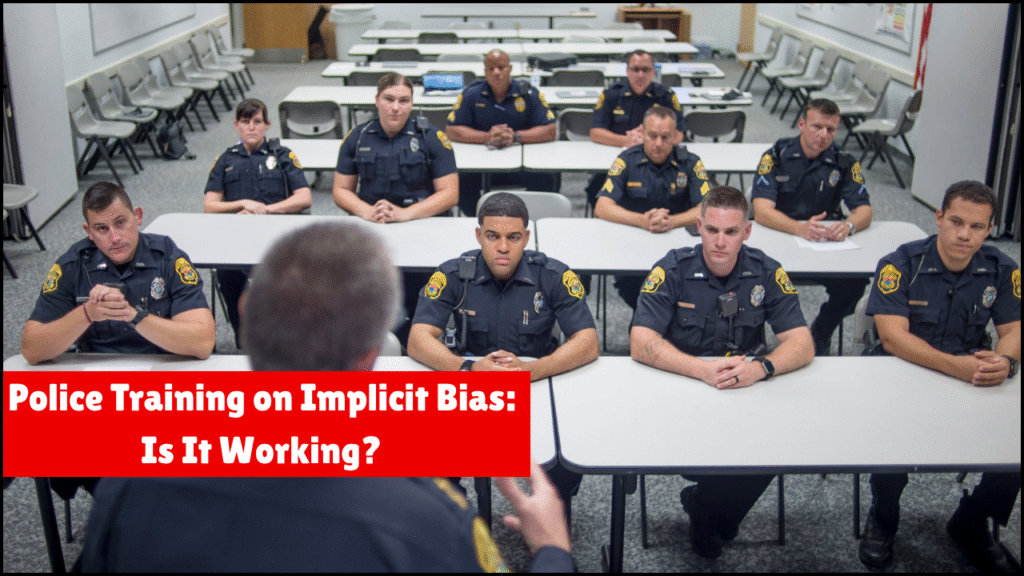
Police departments across the world have increasingly adopted implicit bias training to address disparities in law enforcement practices. Implicit bias refers to the unconscious attitudes or stereotypes that influence an individual’s understanding, actions, and decisions. Law enforcement officers, despite their best intentions, are not immune to these cognitive shortcuts. Training programs seek to raise awareness, reshape behaviors, and reduce discriminatory outcomes. However, the effectiveness of these programs remains a topic of debate.
Table of Contents
Key Components of Implicit Bias Training
- Definition Clarification
- Training defines implicit bias and explains how it differs from explicit bias.
- Scientific concepts such as cognitive heuristics and automatic associations are introduced.
- Scenario-Based Exercises
- Officers are placed in simulated situations to help recognize their own biases.
- Realistic community engagement scenarios improve relevance and learning.
- Mindfulness Techniques
- Breathing exercises and reflection are taught to slow down reaction times.
- Officers are encouraged to evaluate judgments before acting on them.
- Perspective-Taking
- Training encourages understanding situations from a civilian’s point of view.
- Emotional empathy is promoted as a tool for de-escalation.
- Legal and Ethical Guidelines
- Discussions emphasize how implicit bias can result in civil rights violations.
- Legal standards guide how to prevent discriminatory practices.
Goals of Implicit Bias Training in Policing
| Objective | Explanation |
|---|---|
| Awareness Development | Officers identify personal unconscious biases through introspective practices. |
| Behavior Modification | Practical strategies are introduced to interrupt biased reactions. |
| Improved Community Relations | Trust-building with diverse communities is emphasized. |
| Reduced Disparities | Aimed at minimizing racial and ethnic disparities in arrests and stops. |
Benefits Observed in Certain Jurisdictions
- Reduction in Use-of-Force Incidents
- Some departments report decreased physical altercations after training adoption.
- Officers pause longer before engaging forcefully in ambiguous situations.
- Increased Community Engagement
- Officers begin participating in neighborhood meetings and public discussions.
- Communities report improved perceptions of fairness and professionalism.
- Better Decision-Making Under Pressure
- Trained officers tend to evaluate situations more critically.
- Decisions made under stress are less reactive and more deliberate.
- Support for Accountability Measures
- Some departments use bias-awareness tools to monitor officer conduct.
- Data dashboards track officer behavior changes over time.
Challenges in Implementation
| Challenge | Impact |
|---|---|
| Short-Term Training Format | One-day or two-day workshops often do not allow for deep behavioral change. |
| Lack of Follow-Up | Few departments reinforce lessons through refreshers or supervision. |
| Officer Skepticism | Resistance or disengagement occurs when officers feel accused rather than supported. |
| Measuring Impact | Difficulty in linking behavior changes directly to training outcomes. |
Evidence from Evaluations and Studies
- Mixed Results from Academic Research
- Studies show limited evidence of long-term behavioral change.
- Some officers show awareness improvement but no change in decision-making.
- Inconclusive Crime Statistics
- Arrest rate disparities remain similar in many areas post-training.
- Community complaints do not consistently decline.
- Improvement in Attitudes but Not Actions
- Surveys indicate officers better understand bias concepts.
- Field behavior and community interactions show minor or inconsistent shifts.
- Impact Varies by Department Culture
- Departments with strong leadership integration show more promising results.
- Standalone training without policy or structural reform has minimal effects.
Best Practices to Improve Effectiveness
- Make Training Continuous
- Annual or bi-annual updates ensure reinforcement of core principles.
- Ongoing practice sessions allow officers to develop muscle memory.
- Pair with Structural Reforms
- Changes in departmental policies and accountability mechanisms are necessary.
- Recruitment practices, promotion criteria, and complaint processes need review.
- Promote Leadership Involvement
- Command staff should lead by example and support training principles.
- Leadership commitment fosters department-wide cultural change.
- Use Data to Track Progress
- Metrics such as stop rates, use-of-force incidents, and civilian feedback provide benchmarks.
- Transparency helps build public trust and internal motivation.
Examples of Police Departments Using Bias Training
| Police Department | Key Initiatives |
|---|---|
| New York Police Department | Implemented training in partnership with academics and civil rights organizations. |
| Chicago Police Department | Incorporated implicit bias into crisis intervention and de-escalation modules. |
| Los Angeles Police Department | Developed long-term officer wellness and bias recognition programs. |
| Minneapolis Police Department | Applied community co-facilitators for training delivery to build trust. |
Voices from the Field
- Officer Feedback
- Some officers report greater self-awareness and reflection post-training.
- Others remain skeptical and feel training does not apply to them.
- Community Perspectives
- Residents appreciate when officers acknowledge unconscious bias openly.
- Distrust persists in communities with historical trauma or systemic profiling.
- Trainer Insights
- Trainers emphasize the need for emotional safety during sessions.
- Storytelling, case studies, and role-play enhance learning retention.
Alternatives and Complements to Bias Training
- Restorative Justice Programs
- Police work with community members to repair relationships and resolve conflicts.
- Procedural Justice Training
- Emphasizes fair treatment, transparency, and voice during encounters.
- Body Camera Use
- Offers opportunities for reflection and supervision on bias incidents.
- Citizen Review Panels
- Encourage transparency and public input on officer conduct and department policy.
End Notes
Implicit bias training represents a sincere effort by law enforcement to address hidden prejudices that can influence policing. While it raises awareness and improves theoretical understanding, the long-term effects on officer behavior and community trust remain uncertain without broader structural changes. Departments must integrate continuous education, leadership buy-in, and data-driven accountability to achieve meaningful progress. A training session alone cannot transform policing, but as part of a comprehensive reform effort, it can contribute to more equitable and effective law enforcement.


